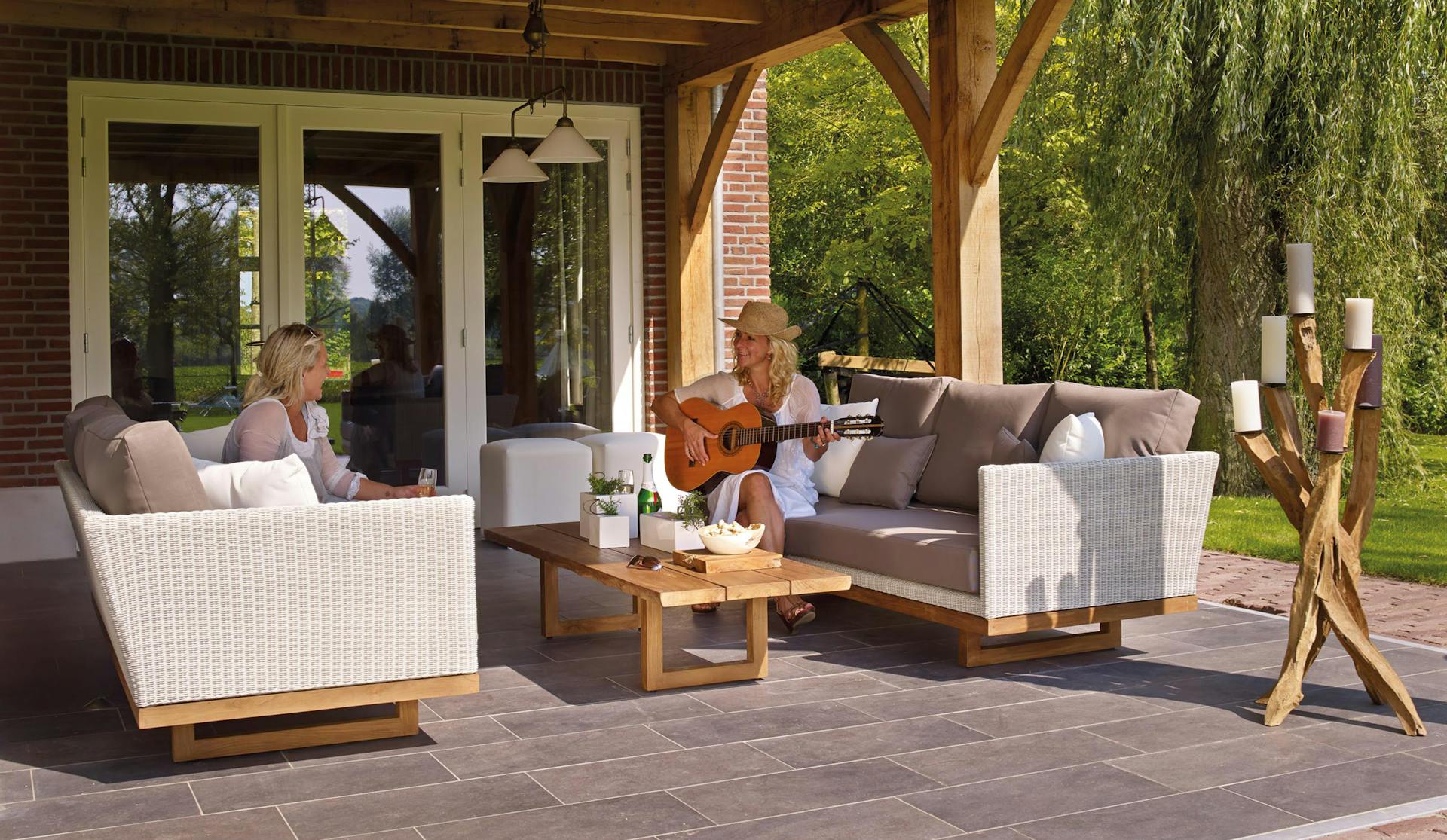Having a garden is such a privilege, you have your own slice of nature right on your doorstep. It's a space where memories are made, and moments of peace can be found amongst the hustle and bustle of everyday life- so if you’re lucky enough to have a garden then it’s worth making the most of it! For many of us, we want to design a garden that will last and stand the test of time and that means going about things in the right way. Here are some of the steps you can make to make it happen.
Make a Plan
First things first, it’s worth making a plan with your garden. Measure up the space and work out exactly what you want to use it for. You can create different areas for various activities, for example, an eating area is perfect for outdoor meals with family and friends. A children's play area gives kids a safe spot to have fun while the adults relax nearby. You might also want a herb garden or allotment area for fresh produce. And don't forget a relaxing zone with a water fountain or comfy seating for unwinding. If you want to add a summer house, a greenhouse, workshop or other outbuilding, have a think about the best spot for it to avoid blocking out any sunlight or ruining a nice view. When each zone has its purpose, every part of your garden gets used well. Planning these areas carefully transforms your garden into a versatile space for different activities, maximising its enjoyment.
Get The Professionals In
There’s plenty you can do yourself in the garden, but depending on your starting point and your skillset it can be worth getting professionals in initially. They will set you up for a lasting garden, as they have the right tools and skills to design your garden the way you want. Work with them and show them your garden’s plans, and they'll be able to create different areas like paths and raised beds, making it practical and nice to look at. They can carve out paths that section the garden, create shaped borders, a patio area and more. You can also utilise their knowledge of local conditions and plant varieties to make sure that your garden is suited to thrive in your specific environment, and get you started with the right shrubs, trees and flowers that will continue to thrive over time. This tailored approach minimises the risk of issues such as plant disease or soil erosion and means you’re not constantly replacing dying plants every season. If you plan on doing the landscaping jobs yourself, chances are you’ll need to hire tools anyway which will come at a cost, and unless you know how to use them you probably wont be able to do as good of a job. If you want the work done right and want it to last, it can be better to pay. Then you can maintain and have fun with the garden from there.
Choose Durable Garden Furniture
The last thing you want is to be replacing shoddy garden furniture every year. It’s much better to make an investment into something that will last- and then protect that investment. First of all, think about materials- things like teak, cedar or powder-coated aluminum are known for their resilience against weathering and decay- check out this teak outdoor furniture buying guide if you’re going down that route. Go with a high quality manufacturer that you can trust as that way you know the build quality is good and it will last. As well as buying good furniture, you’ll also need to find ways to protect it- over the winter when it’s rainy and icy, even the best furniture can rot and become damaged. Good quality covers can stop this from happening, and if your furniture has things like cushions invest in a storage box for them, otherwise you could store them in plastic bags if you have a good quality, watertight shed or outbuilding. That way they’ll stay good year after year, you can bring them out each spring and summer and enjoy the nice weather on your furniture.
Consider Maintenance
Unless you go with a completely no-maintenance garden with faux (or no) plants or lawn, some maintenance and upkeep will be needed. To keep the space it its best, its really important to choose a style that you can comfortably keep up with. You might need to prepare the garden space effectively by organizing it, getting some tree removal experts in to ensure you have any old or diseased trees out of there, and so on. If you’re green fingered then you can go with just about any kinds of plants and flowers, if you love being outside deadheading, weeding, fertilising and keeping the garden at its best. If you have time or physical limitations then choose low maintenance options. This could be going with slow growing plants, putting stones down in flowerbeds to prevent weeds and going with an artificial lawn. Otherwise you could consider installing a drip irrigation system for efficient watering, especially during dry spells, or see if hiring a gardener is within your budget. When you choose the right elements to your garden based on what you can, or want to do to maintain it it will stay looking good for longer.
